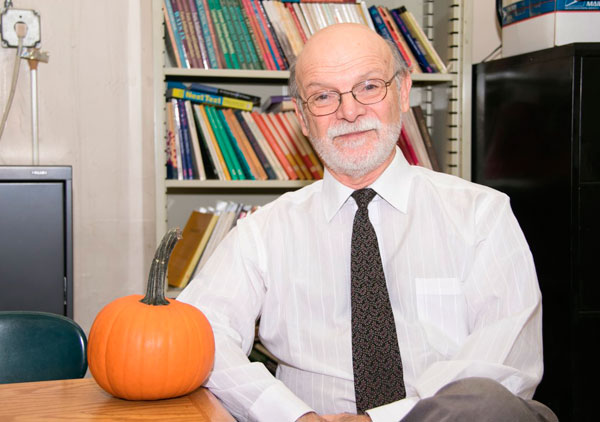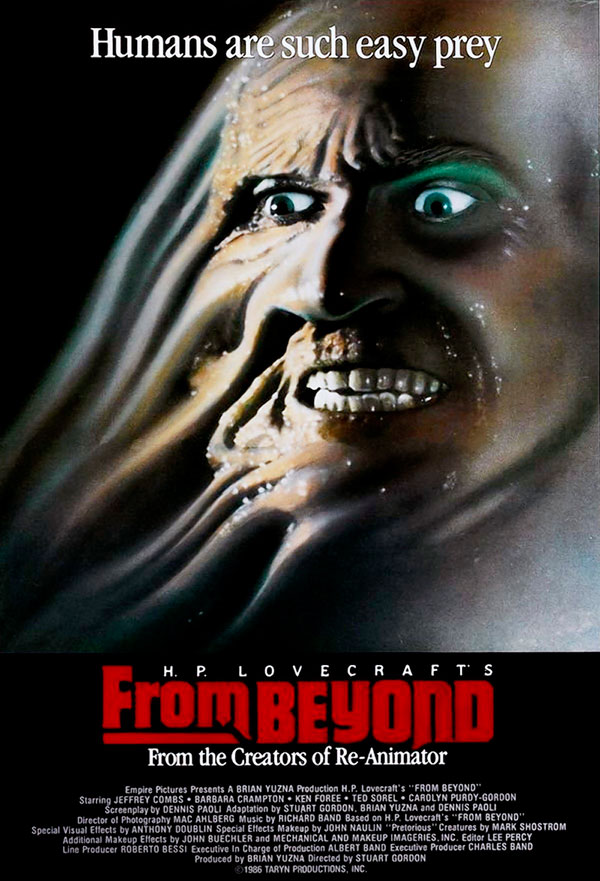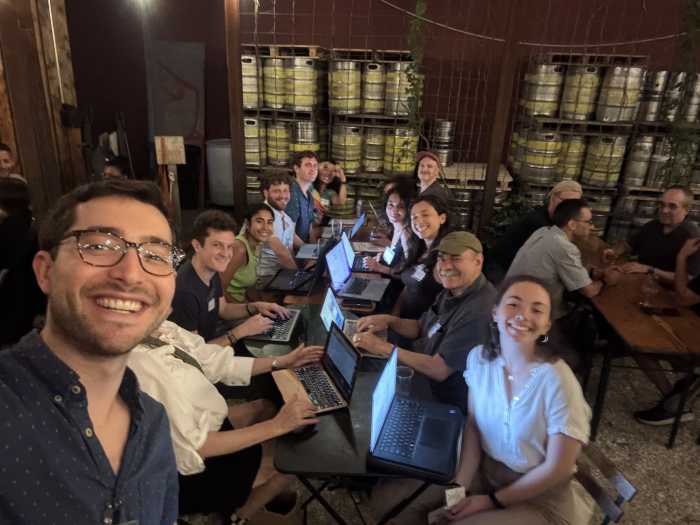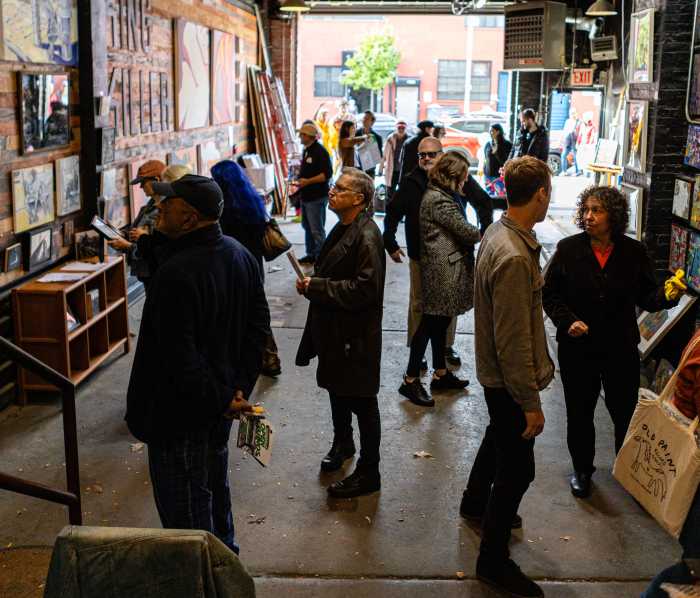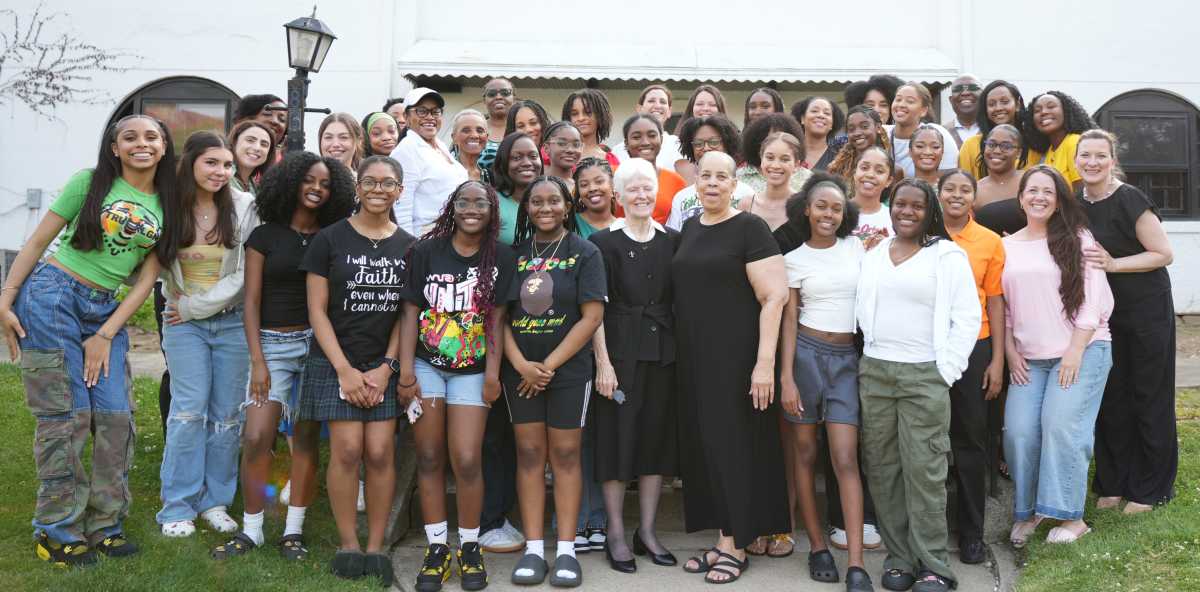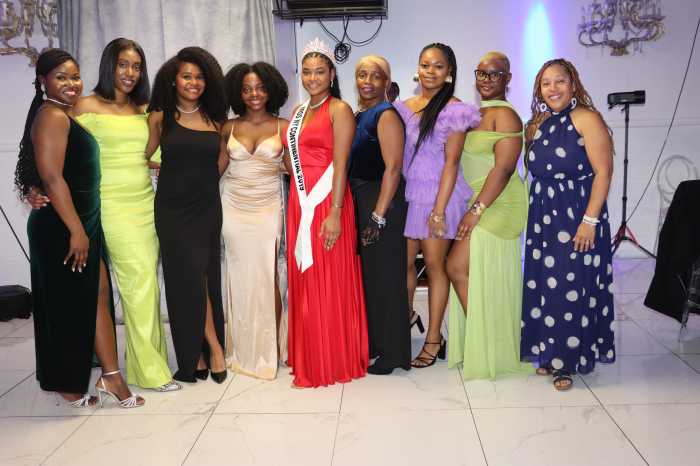He knows the craft of Lovecraft films.
An expert movie-maker will reveal his secrets for adapting writer H.P. Lovecraft’s tales of ghoulish fish-men and faceless flying devils for the silver screen during a talk at the Morbid Anatomy Museum on Oct. 21. The instructor of “Adapting Lovecraft For The Screen,” part of a lecture series from the Miskatonic Institute of Horror Studies, says that Lovecraft’s eldritch tales pose unique challenges for a visual medium.
“His work is highly suggestive. He’s very good at shadowing things and the horror is almost imagined in some cases,” said Dennis Paoli, whose teenage love for Lovecraft’s work matured into a lifelong fascination. “But for film you have to show that horror, show that creature, create that monster.”
Howard Phillips Lovecraft — who once lived in Brooklyn Heights — was one of America’s most influential horror writers, and helped invent the genre of cosmic horror, which emphasizes the fear of the unknown. His protagonists often encounter terrifying otherworldly beings that drive them to insanity or death — which makes a difficult fit for film’s traditional hero versus villain narrative.
“You’re not going on some fantastic adventures in his stories — it’s a grim set of possibilities you’re faced with,” said Paoli. “You get tossed in his world and it is a truly frightening world. It’s a world where man is part of a number of equal, and equally vulnerable, forms of life.”
Paoli, who teaches Gothic literature at Hunter College, has written the screenplays for several film adaptations of Lovecraft’s eerie novellas for director Stuart Gordon, including the movies “Re-Animator,” “From Beyond,” and “Dagon.” The two-hour class will discuss his collaboration with Gordon, along with their techniques for turning haunting prose into gripping film, an overview of genre conventions, and tips for adapting narrative structure.
While remaining true to the stories, the filmmakers have had to take some liberties with the original tales in order to fill character gaps, said Paoli.
“Many of his stories are in the first-person narrative,” he said. “They’re investigations of psychology. We stay in the character’s mind, in their voice, we’re always close to their actions. But a lot of other things may happen in the stories, so we try to expand the range of characters while still telling the central story.”
And to appeal to modern audiences, the film adaptations often add female characters, who rarely appeared in the original stories, and invent dialogue that incorporates Lovecraft’s arcane, sesquipedalian vocabulary.
The Miskatonic Institute of Horror Studies — named for the fictional university in Lovecraft’s literary mythos — approached Paoli to teach the class. The group offers university-level classes in horror history and theory, and has monthly lectures scheduled to run through December at the Morbid Anatomy Museum.
“Adapting Lovecraft For The Screen” at the Brooklyn Morbid Anatomy Museum [424-A Third Ave. at Sixth Street in Gowanus, (347) 799–1017, www.morbi
